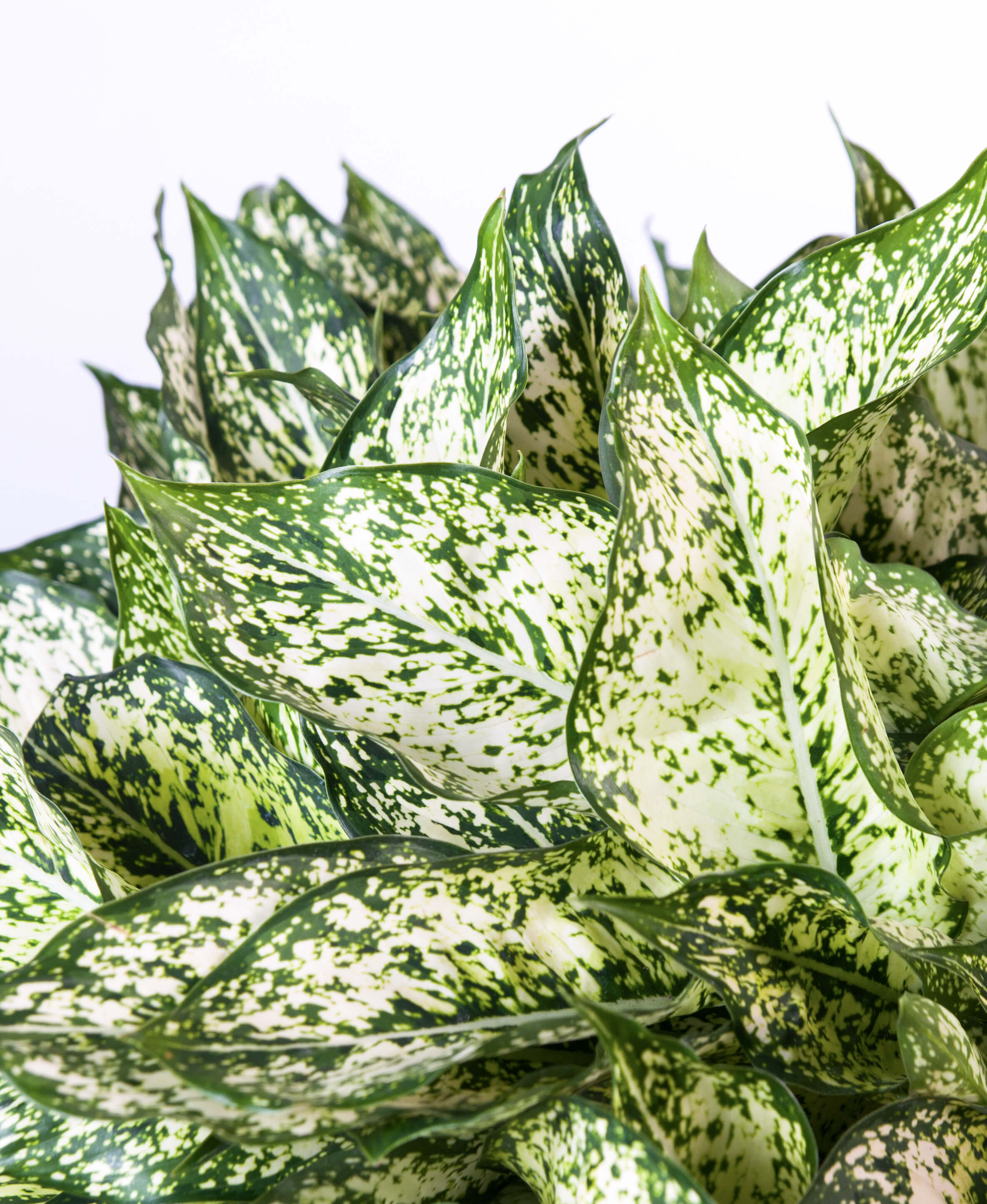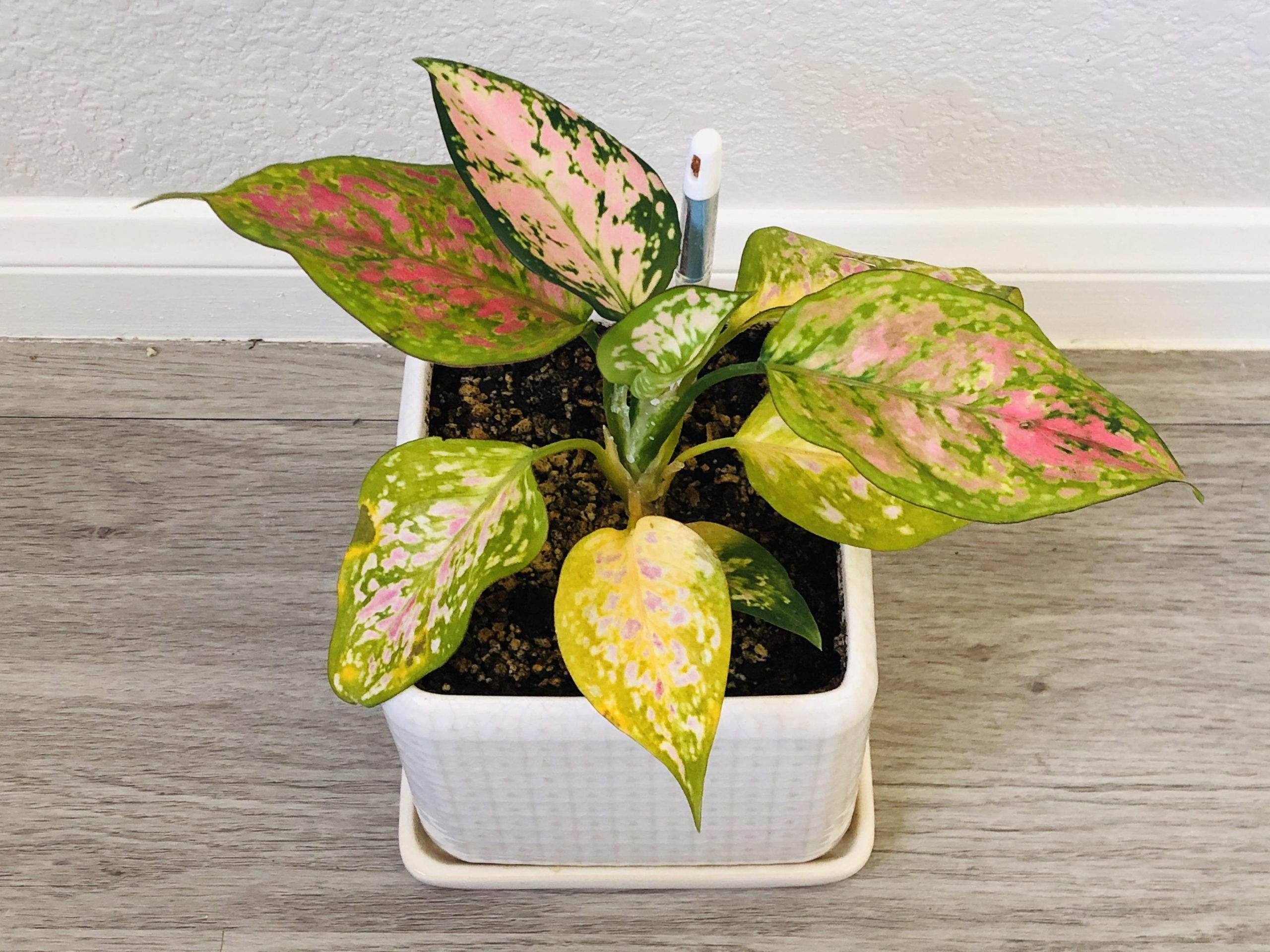As an aglaonema parent, noticing those once vibrant red leaves fading to yellow can be concerning. But before you panic, know that yellow leaves are common and solving the issue is usually pretty straightforward. In this comprehensive guide, we’ll cover all the reasons your red aglaonema leaves may be turning yellow and how to get your plant back to its beautiful self
Common Causes of Yellow Leaves
Here are the most common culprits behind yellow aglaonema leaves
Overwatering
Excess moisture is the number one reason aglaonema leaves turn yellow. These tropical plants prefer their soil to dry out moderately between waterings. If the soil stays wet for too long, the roots are constantly soaked and can’t get oxygen. This leads to root rot and a variety of other problems.
Signs your plant is overwatered include:
- Yellow, droopy, translucent leaves
- Mushy, black roots
- Mold or fungus on the soil
Underwatering
While aglaonemas don’t like wet feet, letting them dry out too much stresses them out. If you wait too long between waterings, the leaves will start to yellow and droop.
Check for these clues your plant is underwatered:
- Leaves are yellow and wrinkly but not translucent
- Soil is bone dry
- New growth is small and stunted
Improper Lighting
Aglaonemas need bright, indirect light to thrive. Too much harsh sun scorches the leaves, while too little light causes them to yellow and stretch toward the light source.
If the yellow leaves are only on one side of your plant or appear pale and limp, insufficient light could be the issue. Move it to a spot with filtered sunlight for a few hours a day.
Pests
Spider mites, mealybugs, scale and other tiny bugs can infest aglaonemas. They suck out nutrients and fluids, causing leaves to yellow and wilt. Check the undersides of leaves and stems for small insects or sticky residue. Treat infestations early with neem oil or insecticidal soap.
Old Leaves Naturally Yellowing
As lower leaves age, it’s natural for them to yellow and eventually drop off. This is nothing to worry about as long as it’s only affecting a couple old leaves at a time. Just pinch them off to keep your plant looking its best.
If many leaves are rapidly yellowing, it’s likely due to another issue like improper moisture or light. Don’t assume it’s normal aging unless the yellow leaves are only near the soil line.
Correcting the Issue
Once you’ve diagnosed the cause of your aglaonema’s yellowing leaves, take these steps to restore its health:
-
For overwatering, allow the soil to dry out completely before watering again. Remove damaged leaves and any rotted roots.
-
If underwatered, give the plant a thorough, deep watering and move to a spot with higher humidity.
-
Improve lighting conditions by moving the aglaonema or using a grow light to supplement natural sunlight.
-
Treat pest infestations as soon as possible. Isolate the plant and use organic sprays for a few weeks until the bugs are gone.
-
Eliminate any cultural stress. Keep the plant at consistent temperatures between 60-80°F and maintain 40-60% humidity.
-
Apply a balanced liquid fertilizer monthly in the growing season for an added boost.
With time and care, an aglaonema with yellowing leaves can make a full recovery. Consistent soil moisture, proper lighting, and pest control are key. Remember, this is a gradual process. Don’t expect overnight results, but you should see gradual improvement over a few weeks.
How to Prevent Future Yellowing
Once you get your aglaonema healthy again, maintaining proper care will prevent leaves from turning yellow. Here are some tips:
-
Allow the top inch or two of soil to dry out between waterings. Always dump excess water from the saucer so the plant isn’t sitting in it.
-
Find a spot with bright, indirect light. East or west-facing windows are ideal. Rotate the plant every few days if needed.
-
Mist leaves regularly or use a pebble tray for humidity. Aglaonemas prefer 40-60%.
-
Apply houseplant fertilizer every 4-6 weeks from spring through fall.
-
Inspect leaves frequently for pests. Quarantine new plants and treat issues before they spread.
-
Remove spent leaves and stems to encourage new growth.
-
Repot when roots fill the container or every 2-3 years in fresh potting mix.
When to Seek Help
If you’ve tried everything and your aglaonema leaves keep turning yellow, it may have an underlying disease or pest issue. Reach out to your local extension office or plant nursery for personalized help diagnosing and treating the problem. They can assess if the plant is salvageable or if you may need to replace it and start over.
Don’t Lose Hope!
It’s discouraging when a beloved houseplant takes a turn for the worse. But in most cases, yellow leaves signal temporary stress that you can correct. With a little detective work and some TLC, your red aglaonema will be back to its vibrant self in no time. Be patient, stick to a consistent care routine, and those stunning red leaves will return.
The leaves on your Aglaonema could be turning yellow for a number of reasons. Let’s investigate and get to the bottom of this!

Moisture
The most common cause of yellowing leaves among Aglaonemas is improper soil moisture–in particular, overwatering. Only water your Aglaonema when 50% of the soil volume is dry. In the winter, you can allow your plant to dry out a little more between waterings.
When you water, make sure there is enough water so that the saucer fills up with water from the hole in the bottom of the pot. It’s very important to get rid of any extra water in the saucer because your Aglaonema won’t do well with “wet feet,” which makes the roots rot and the plant die.
Providing proper and consistent soil moisture is important in caring for an Aglaonema. Switching between very dry and very wet soil because you watered at the wrong time can stress your Aglaonema and turn it yellow.
Your humidity level
Low humidity and dry soil cause leaves to brown on their edges, later followed by entire yellowing. Misting the leaves of your Aglaonema often will increase the humidity.
Improper Light
Generally, Aglaonemas will thrive when placed in low to bright indirect sunlight. When exposed to direct sunlight for too long, the foliage will burn and can look yellow and pale. If you don’t have an ideal location for your Aglaonema, use a Grow Light.
Pests
Weakened or stressed Aglaonemas become more susceptible to insect infestations. Sap-sucking bugs like spider mites can drain your plant of moisture. This problem quickly manifests itself by yellowing leaflets and fronds. Scale, mealybugs, and spider mites occur frequently in indoor conditions. If you don’t get rid of these little bugs right away, they will multiply and move along the parts of the fronds that aren’t being used. The insects’ sharp mouths wear down your plant and make it turn yellow faster, especially if your Aglaonema is already sick from not getting enough light, nutrients, or water in the soil. Check out our Garden Pest Control Set to help treat your plants.
Why Aglaonema Leaves goes Yellow II Find Out the Solution II Check Full Process II@DoorStepGarden
FAQ
How do you fix yellow leaves on Aglaonema?
What does an overwatered Aglaonema look like?
How do you keep Aglaonema red?
How often should Aglaonema be watered?
- The Ultimate Guide to Growing Strawberries in Raised Beds - August 8, 2025
- No-Dig Garden Beds: The Easiest Way to Grow a Beautiful Garden - August 6, 2025
- How to Protect and Preserve Wood for Raised Garden Beds - August 6, 2025

